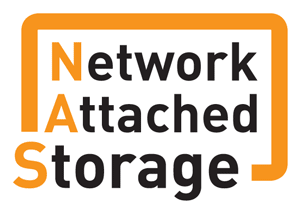For instance, in case of complete data loss, when, lets say, the entire partition on disk became unreadable, it would be reasonable to expect maximally automated and fast work towards NAS recovery. But at the moment when NAS recovery is required, user interface quickly loses its former simplicity and ease.
Because NAS recovery is done in system with partition that ‘went out’ one has to use boot Live CD, as rule, with Linux. Unfortunately for users its possibilities are limited. On top of that input in this operating system is limited with command line. In order to recover NAS all information has to be entered to this command line. It includes sever name, computer name and many many other things. To continue information recovery from such data storage system the next step would be selecting an available backup copy that you need to recover form the other page. In view of the above-listed arguments we can draw a conclusion that NAS recovery is a process that does not suit to ordinary users, much less to newbies.
Performance in NAS recovery in this situation is not too high. It is evident that data that go through the local Ethernet netwrok face some limitations. Although the speed of 6 Mb/s from NAS and connection at the rate of 1 Gb may not be called high enough, still it is enough to recover information from a small partition within reasonable time. Just for your information: recovery of test 46 Gb partition from NAS takes around two hours.
That is why, as rule, before recovering data from NAS we extract media from it, make its precise copy and all further work is done only with copies. It minimizes the risk to further damage data and increases recovery speed even if RAID software build is required.



 NAS data recovery
NAS data recovery
